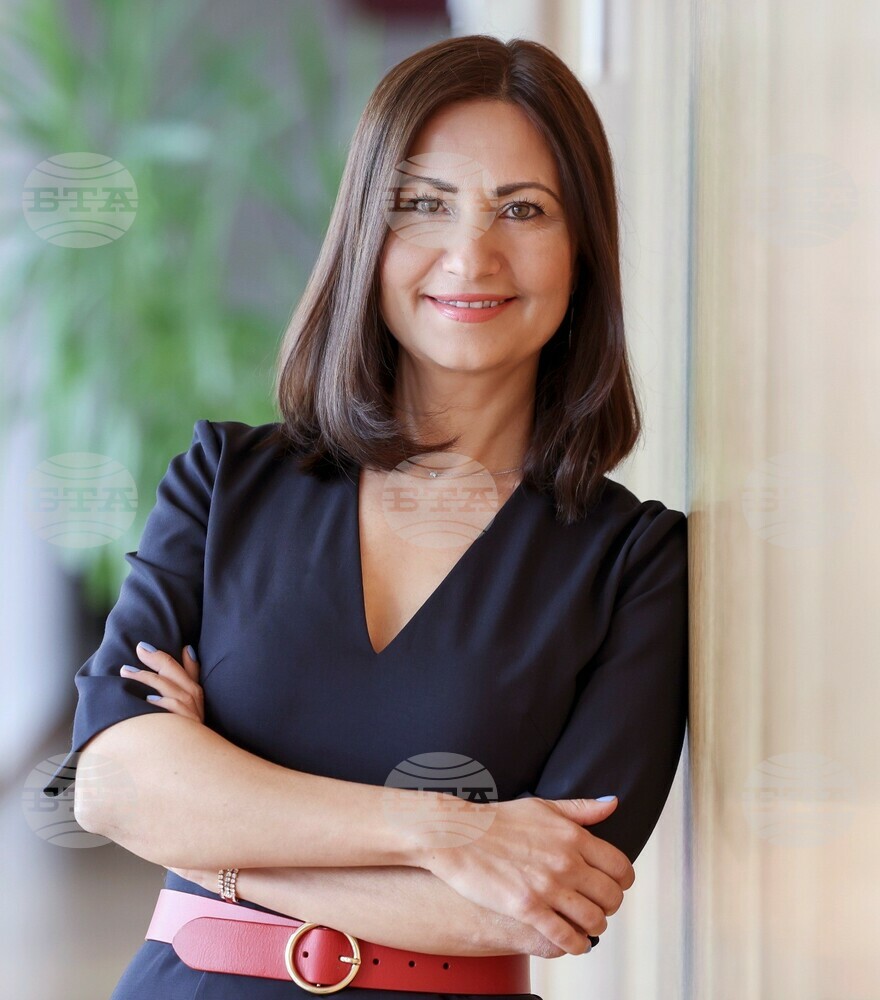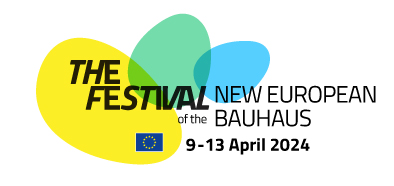site.btaUPDATED EU Commissioner Ivanova: New European Bauhaus Supports Art as Social Change Catalyst


In less than three years, the New European Bauhaus (NEB) has inspired a mass movement, mobilizing local, regional and national actors inside and outside the European Union, Bulgarian Commissioner Iliana Ivanova, whose portfolio includes innovation, research, culture, education and youth, told BTA. The initiative supports art and design as catalysts for social change, she said.
Ivanova is directly involved in the initiative, which is part of the European Green Deal, and attended the opening ceremony of the second European Bauhaus Festival in Brussels on Tuesday. The festival showcases innovative projects in the fields of architecture, construction, design, fashion and the arts in Brussels' Cinquantenaire Park until April 13. European Commission President Ursula von der Leyen praised Iliana Ivanova's work on the initiative in her opening speech.
The vision of the initiative is to connect the Green Deal with people's everyday lives and with art - with their lifestyle and living environment. The Green Transition means a change not only in the economy but also in the way people consume and live, Ivanova told BTA. The New European Bauhaus, which some have dubbed the "soul of the Green Deal," advocates not only for an environmentally friendly but at the same time beautiful and affordable living environment.
Ivanova noted that the initiative is transdisciplinary. "It includes all areas related to everyday life. Moreover, while its vanguard includes specialists from different fields - architects, engineers, scientists, artists, etc., it is not an elitist initiative but is closer to a grassroots civic movement. Through it, everyone in their daily lives understands the meaning and benefit of living green," Ivanova said. She stressed that the NEB is not a top-down managed initiative. "On the contrary, it is a civic one. Brussels does not tell people how to arrange their towns and villages, their houses and public spaces, but it supports their ideas and reasons for doing so."
The "three pillars" of the NEB are sustainability, aesthetics and inclusion. "To explain each of these values, we will point to climate protection, resource efficiency through circular economy, zero pollution and biodiversity. To these we must add beauty and style, which are no less important than functionality, and diversity and accessibility - physical and financial," the Bulgarian EU Commissioner said.
She noted that the NEB has historical roots in European culture. "The German expression Staatliches Bauhaus, also known briefly as Bauhaus (German for 'building a house'), was a German school of art that existed from 1919 to 1933. It combined crafts and fine arts and became known for its approach to design. This movement tried to weave the individual artist's vision into the principles of mass production with an emphasis on function," Ivanova said.
The Commissioner stressed that the NEB is the work of nearly 1 400 registered members of the Community, including public authorities, NGOs, universities, companies, and project developers. They work in 39 countries and collaborate across borders, sectors, specialities and countries.
She said there are a growing number of investors who are beginning to understand the interest in putting sustainability, inclusion and beauty at the centre of future projects. The NEB is therefore working with the European Investment Bank on guidelines to help identify and finance appropriate projects.
"The initiative has now reached a point where it needs a dedicated financing facility to deepen its impact on the ground. From 2025 onwards, the NEB will have its first multi-year financial support facility - the NEB Facility. It will scale up the initiative and further accelerate the transformation of residential neighbourhoods," Ivanova said.
Art and design are catalysts for social change. When asked to what extent artists and innovators in creative fields and industries have embraced the idea of a New European Bauhaus, Ivanova said that the NEB recognises this role and supports it. "The initiative is actively engaging with cultural and creative sector actors and nearly 20% of NEB's new European partners (non-profit entities) are involved in activities related to art, culture, heritage, craft or fashion. Their share becomes 32% if we include architects and designers," she explained.
"Two months ago, in the framework of the NEB, the European Music Council organised events in different locations where representatives of the music industry showed their commitment to promote change first in their field and in local communities. They started from their own spaces and events to raise people's awareness of sustainability. For example, artists participated in zero-carbon tours and festivals. Elsewhere, vibrations from the energy of the dancing crowd were converted into electricity. Such examples make change and innovation visible to people who come to enjoy the music," EU Commissioner Ivanova said.
She said one of the NEB's greatest strengths is its innovative approach. "Research and innovation can give us complete solutions for the green transformation of living spaces. The NEB is the first EU initiative that aims to transform the built environment and lifestyles by combining sustainability with good design and accessibility. Furthermore, the initiative involves people at a grassroots level and reflects the diversity, identity and needs of local communities," she said.
Ivanova highlighted the initiative's impressive variety of projects, from small-scale local activities to large-scale demonstrations, from products to residential areas and services. "There are examples of innovative adaptations of old public buildings for new uses; of building playgrounds for children with special needs; of rehabilitating former industrial facilities and turning them into cultural and public spaces; of parks on the rooftops of densely populated urban areas."
The diversity of ideas and the large number of projects created according to NEB principles are a success in themselves, Ivanova noted.
/YV/

news.modal.header
news.modal.text